
Every week, I receive an email or a DM from someone who’s decided to walk away from nonprofit fundraising. Not because they weren’t successful. Not because they didn’t care.
But because, despite their passion and proven impact, they’ve hit a wall.
A recent message from one of my most successful students — a woman who’s delivered flat-out outstanding results at three separate organizations — stopped me cold:
“I’ve come to the conclusion that fundraising isn’t what I want to do anymore… I just can’t do this anymore. I have no passion for it.”
She’s not alone. Talented fundraisers are leaving the sector in droves, often for consulting, or simply for industries that better support their well-being and respect their expertise.
Meanwhile, smaller nonprofits, grappling with declining revenue, are responding by laying off fundraising staff.
Yes, you read that right: when income declines, organizations are firing the very people who bring the revenue in.
This isn’t just a retention problem. It’s a sector-wide reckoning.
Why Are Fundraisers Really Leaving?
This isn’t about a lack of training or skill. We’ve proven that quality education can move the needle on revenue. And it’s not simply about alignment or mission.
As I posted on LinkedIn in January, this is about a broken system.
Fundraising has become extractive, transactional, and deeply misaligned with the values it claims to champion. As Cecelia Caspram powerfully noted:
“We’ve gotten FAR too far away from the initial roots from which this work grew: love of humanity… Philanthropy actually means THAT… and it has become… not that.”
Instead, it’s become corporate, data-obsessed, demanding, and mechanized. Clare
Levy pointed to the core tension nonprofits face:
“We are not seen as worthy of living wages, good benefits, healthcare etc., because ALL THE MONEY MUST GO TO THE CAUSE.”
We’re expected to sacrifice ourselves on the altar of mission. Smiling while we do it.
Add to that the ridiculous expectations placed on development roles. As Miriam Magnuson noted:
“The expectations of one person… are so unrealistic, 4 JDs and FTEs all in one. No wonder people are leaving in droves.”
We’ve all seen it: mid-level roles that expect CDO-level strategy, major gifts portfolios, team management, event planning, marketing knowledge, and oh, can you also design a new CRM integration before Friday?
The Real Cost of Burnout
This isn’t just about poor retention. It’s about the loss of irreplaceable institutional knowledge, donor relationships, and momentum. It’s about stalled campaigns, shrinking budgets, and — most heartbreakingly — disillusioned professionals who once believed they could change the world.
Gayle Roberts shared:
“Burnout landed me in the hospital last spring. My biggest frustration? Leaders treat development like a cost center instead of a profit center.”
Let that sink in: talented, driven professionals ending up in the ER because we’ve built a culture that chews people up and tosses them aside. And when organizations view development as overhead rather than impact, we all suffer.
Boards, Leadership, and the Culture Problem
The problem isn’t only the workload. It’s culture.
As I’ve learned over the years, you can train a team on proven tactics. You can
even bring everyone “on the same page” (the thinking behind Basics & More Fundraising classes, where one enrollment fee includes up to 7 team members). But when the underlying culture treats fundraising like dirty work — or fundraisers as lesser-than — it won’t stick.
“We need to reckon with what COVID did to us, psychologically.” – Khadijah M. Silver
We’re still unpacking the trauma and rapid change of the past few years. And yet, many nonprofit boards and leaders remain stuck in pre-pandemic mindsets, still not understanding that fundraising is relationship-based, long-term, and rooted in trust.
Let me repeat that: “relationship-based, long-term, and rooted in trust.”
Julie Winslett put it best in her four-point strategy:
- Train executive and board leadership on realistic planning and budgeting.
- Give new development leaders year-long coaching and support.
- Build leadership development roadmaps.
- Get funders to invest in the actual infrastructure of fundraising.
In other words: treat fundraisers as professionals, not magicians. Invest in them. Believe in them. Plan with them.
Remember, too, that when non-fundraisers think they know how to fundraise, that thinking not only harms the fundraising professional, it harms the mission.
Why Talking Isn’t Enough
Many of you have shared how validating these conversations are. But as Rebekah Altman pointed out, they often remain in the echo chamber:
“I don’t share posts like yours because I worry about how it will be construed… I’m even hesitant to comment.”
This fear is real. But silence won’t solve anything. If we don’t speak truth to power— boards, funders, leadership — then who will?
We must challenge outdated assumptions:
- That fundraising is begging.
- That nonprofit professionals shouldn’t earn competitive wages.
- That the only valuable expense is one that’s “programmatic.”
I remember once, amid an intense mailing, remarking to an ED, “Just think, in another year, you’ll have fundraising staff to handle this.” Her shocked rejoinder, “Oh, NO, Pam! We’ll never spend money on fundraising. Everything goes to programming!”
We must start telling the truth: Fundraising is not a cost. It’s a revenue generator. It’s strategic. It’s mission-critical.
So… What Now?
We can’t afford to keep doing things the same way. I don’t have all the answers, but I know this: The current model is broken, and it’s driving out some of the very people best equipped to make change. As a community, we must act with urgency and intention to build something more sustainable, more equitable, and more human.
Fundraising is never begging for money. Quite the contrary. You’re offering your donors a rare and precious opportunity to make a difference.
I believe part of the solution lies in fractional fundraising — a new, flexible model designed to bring high-level expertise to small and mid-sized nonprofits without the burden of a full-time hire.
Whether you’re between hires, rethinking your organizational chart, or simply need a more strategic approach, fractional fundraising gives you experienced leadership, consistency, and a fresh perspective — without the burnout, without the guesswork.
👉 Learn more about Fractional Fundraising from Basics & More
This model is already working for organizations that want to retain momentum and build a stronger culture of philanthropy, from the inside out.
Let’s Rebuild—Together
It’s time we asked better questions:
- What if philanthropy centered people? Loved and embraced their donors. Rather than the pressure of meeting numbers?
- What if we valued fundraisers as change agents, not cost centers?
- What if we stopped chasing unicorns and started building strong, supported teams?
We can do better. But it starts with recognizing the system is broken — and being bold enough to build a new one.
I’d love to hear from you
💬 Are you a fundraiser who has stayed? Left? Thought about leaving?
💬 Are you a leader who’s ready to shift your culture?
💬 Are you a board member who wants to learn how fundraising really works?
Let’s talk. Drop a comment, share your story, or tag someone who needs to hear this.
Because the future of nonprofit fundraising depends on us telling the truth. And imagining something better.
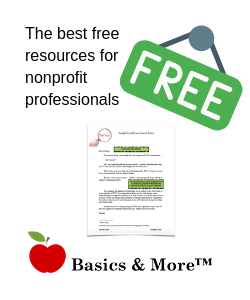
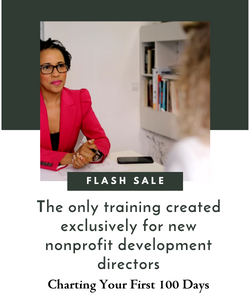
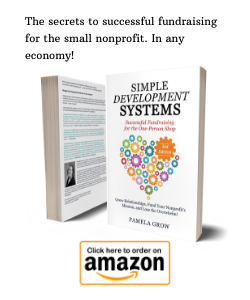
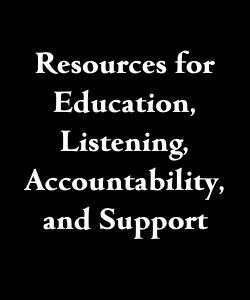

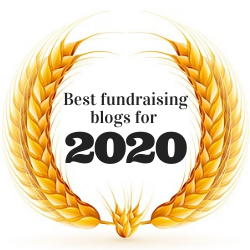


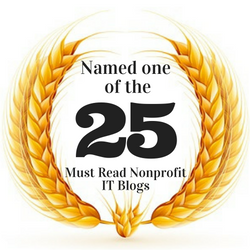




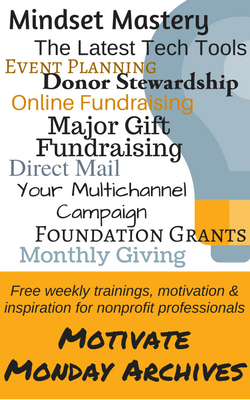




 I can’t wait to meet with you personally.
I can’t wait to meet with you personally.
Comments on this entry are closed.